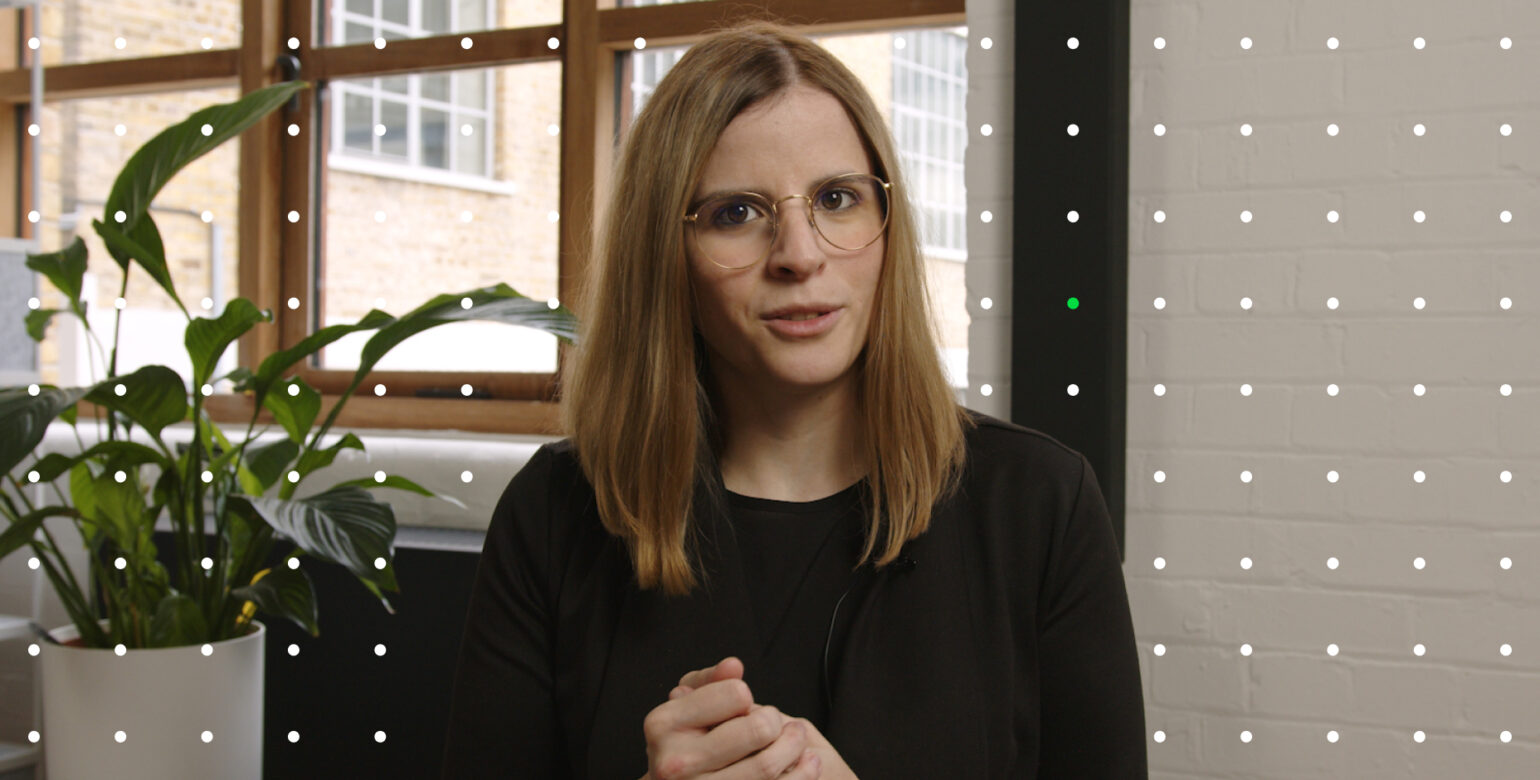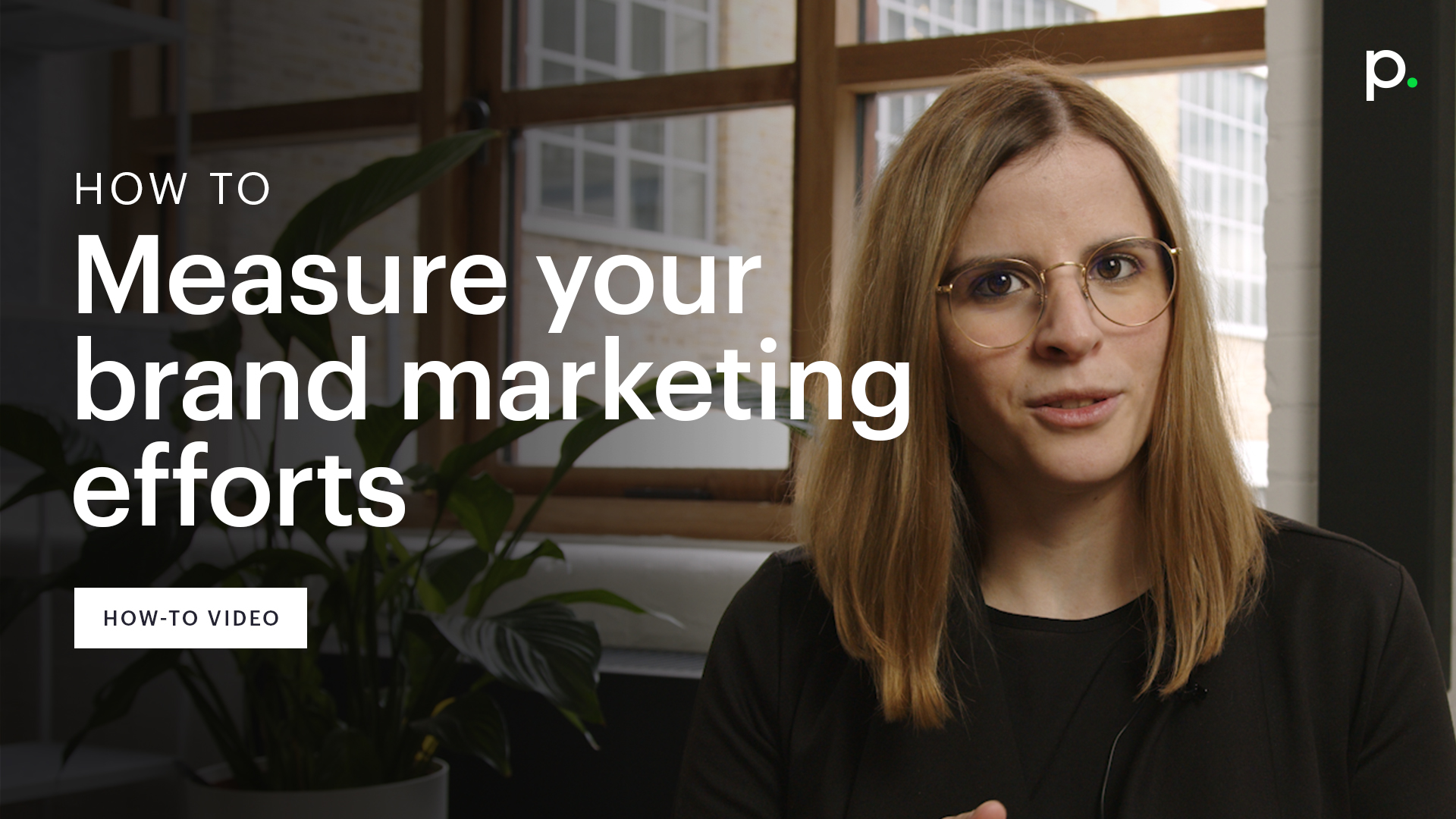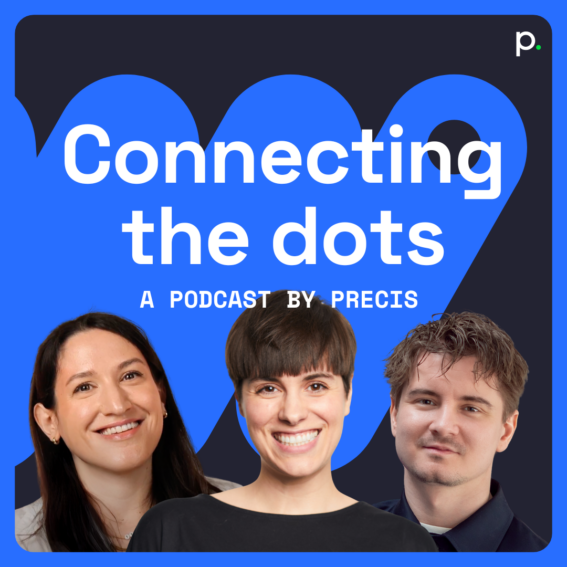How to: measure your brand marketing activities

Adela Păun
Brand Marketing Expert
Strong brands reap strong benefits: increased customer loyalty and decreased sensitivity to paying a premium price, higher stability and faster recovery from economic slowdowns, and lower vulnerability to competition overall. Many businesses know that and yet, they are still at a loss for how to effectively grow a brand.
One of the reasons why creating strategies that balance future and existing demand is tough, is not having clear ways to measure progress and attribute success.
Digital maturity level: Apprentice/Accelerator
So what’s the solution?
There’s no singular formula or metric that can solve this. Developing a brand is a complex endeavour as it aims to shape people’s perceptions and leads to behavioural changes down the line. Factors such as market conditions, economy, competition, product, and customer experience will have an impact on brand performance.
Brand marketing is just one of the wheels in the machinery helping it move forward and measuring its impact is tricky, but not impossible.
Since both short and long-term indicators are important for a sustainable brand’s growth, the approach is to pay attention to the mix of the right signals over time and react accordingly. This is how you can better gauge the effects of brand marketing as a whole.
To understand this better, let’s deconstruct the “mix of the right signals over time”.
The mix
Understanding brand performance comes down to understanding how people think, behave, and spend. How does this translate into metrics?
How people think can be determined by following brand awareness, consideration, associations, purchase intent, and brand advocacy or customer loyalty. Brand trackers and brand lift studies can enable gaining insights into such factors. These two methods are not interchangeable – they rather support each other. Brand trackers are focused on gaining long-term consistent insights while brand lift studies can help pulse-check if the brand strategy is moving in the right direction ongoingly. NPS, customer feedback and satisfaction surveys also help understand the overall experience people have with the brand.
How people behave is closely linked to all potential online actions that could help us determine their thought processes such as their time spent on a page, search volume, social mentions, and even through bounce rates, off-page SEO and branded and organic search.
How people spend is determined by more long-term goals such as their lifetime value, the retention rate that you have and the value of the market share.
It is clear from the above that in brand marketing we deal a lot with people’s behaviour and perception so how would you correctly guide your strategy to achieve long-term growth?
The right signals
People’s thought process, decision-making, and behaviour change through time. So in order to keep track of this sentiment, you have to notice important behavioural changes and set your evaluation based on relevant goals.
Seeing change in sales affected by brand building takes time. This is why it’s important to set brand goals in addition to the purely sales-oriented ones and measure accordingly.
Now ask yourself: which of the metrics above, related to how people think, behave and spend, would best suit the goals that I’ve set for my brand? Which part of my consumer’s journey is most affected and what is preventing maximal flow?
A brand tracker might help you understand that. For instance, you can see that people are aware of your brand but very few take it into consideration. That can lead to a low purchase intent and to an even lower chance of recommendation. Or, people might be aware of your brand, they might consider it but there’s low preference and purchase when it comes to your product.
The point is that regardless of the identified blocker, once you understand what this is, you can more easily pinpoint and define a brand marketing strategy that can help you change the way consumers think, behave and spend.
… over time
Understanding and accepting the time needed to see a trend moving is crucial. To see progress in brand favorability development takes considerably more time than measuring the number of clicks on a video campaign.
So according to the goals that you’ve set it’s also important to be aware of what you’ll see in the short term versus what results will be more obvious in the long term. To give you a better idea of what we mean here’s a quick breakdown of how we usually see results moving during the first year of strategically targeted brand marketing activities:
- In the first month you’ll be able to notice the short-term indicators related to the first impressions and initial signals of brand response, mostly measured by channel metrics.
- In the following 3 months you’ll begin to build on the long term indicators and start measuring whether you are building valuable associations with your brand or if your consumers regard your product or service as top of mind.
- Finally you’ll start seeing more palpable results as you approach the 12-month mark. This is also where you’ll be able to better understand the purchase intent and overall consumer behaviour. After this point you can also start assessing your brand equity and whether you’ve become an easy choice for your consumers. Based on this, you can even charge more for your products or services to increase your revenue going forward.
Bear in mind that these milestones are approximates.The amount of time needed to see short and long-term results should be tailored and broken down in accordance with your specific case, budget and objectives.
Conclusion
It’s important to remember that none of the above will deliver value if brand strategy, identity, and goals are not well thought-through and consistent.
At Precis, we focus on understanding the stage your business and brand are at, providing relevant advisory based on that, and developing future tactics to ensure the marketing investment is worthwhile.
Assess your digital maturity to learn where you stand on the scale. Or get in touch with us if you already know your level and would like to begin with some of our activation strategies.



